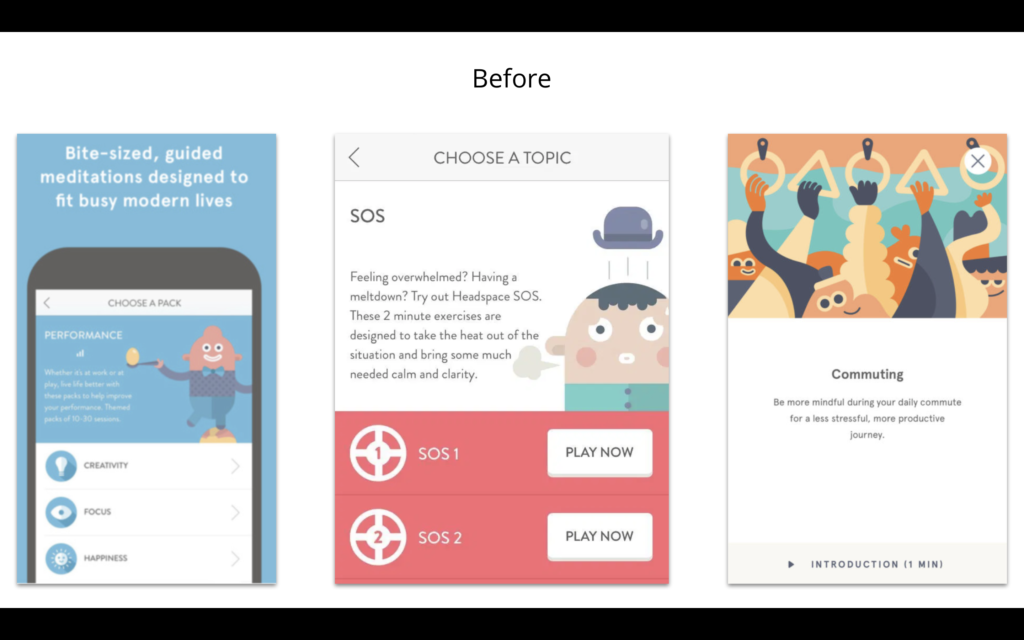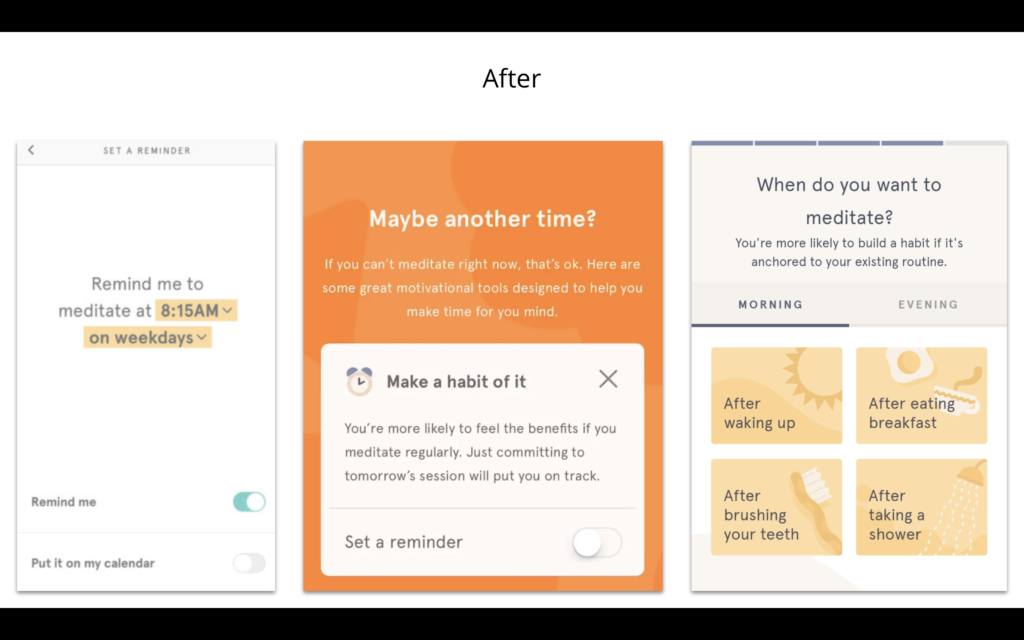I had the opportunity to listen to a talk on “You are not the user- Why and how design decisions should be informed by research and data” by Christina Ou, who is a product designer at Percolate. The talk was given as part of an event called HexHacks, which was a UXathon run by Hexagon. Hexagon is an organization that promotes diversity and inclusion of women and nonbinary people in the field of UX.
In the talk, Christina answered the following questions:
What are Unconscious Biases?
Unconscious biases are quick judgments and assessments of people and situations based on information such as background, cultural environment, and personal experiences. This is like brain on auto-pilot; it helps us navigate the world without being overwhelmed, but at the same time it increases the likelihood for us to make unfair and prejudiced decisions. Unconscious biases affect our world, from who we choose to be friends with, who gets hired for jobs, and outcomes in the criminal justice system.
How do these biases impact our designs?
Designers can risk creating products that don’t meet the actual user’s needs, when they fail to employ methods to fight against unconscious biases. Assuming we know what’s best for the users without doing any research or data analysis is presumptuous and can very easily lead to products that fail. Our main goal as UX designers should be to constantly have the user in mind and design products that have been validated through research and data from the actual users.
How can we combat unconscious bias?
Doing user research and talking to the actual users and gaining a variety of perspectives means our products will be more inclusive and more likely to meet true needs. Having empathy for the users is key to being a good UX designer and requires that we put aside our own assumptions to understand another person’s experience and feelings. Although it is difficult to completely free ourselves from our subconscious biases, doing user research is a tangible tool that can prove or disprove our assumptions.
Case Study
To demonstrate the importance and the impact of how research can affect the design, Christina mentioned a case study on a mobile app called headspace, which offers guided meditations and making meditation more accessible to people.
Before the research, the product was designed based on the assumption that people didn’t have enough time to meditate; thus, the product was focused on creating bite-sized appealing contents by focusing on the length (keeping each recording 1-3 minutes).

They conducted a series of research such as surveys, diary studies, and interviews) to find out what people were struggling with in their daily uses of the app. After the research team found that the time was not the main obstacle for the users, as the results showed that people usually had about 3 hours of free time each day.
Furthermore, through the research they found that the main obstacle was that people couldn’t find a way to make meditation part of their daily routine. Based on this insight the product was redesigned to support people make meditation part of their daily habit.

By designing based on the insights found from the user research, headspace was able to build a product that better meets the needs of the users.